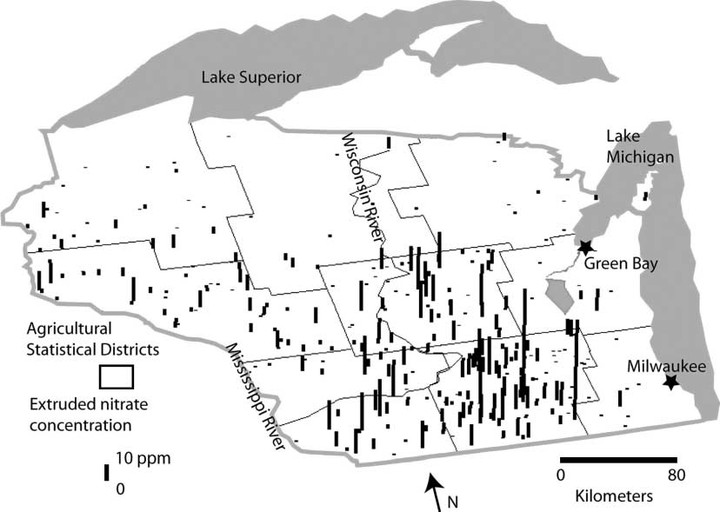Nitrogen-nitrate exposure from drinking water and colorectal cancer risk for rural women in Wisconsin, USA

Abstract
One unintentional result of widespread adoption of nitrogen application to croplands over the past 50 years has been nitrate contamination of drinking water with few studies evaluating the risk of colorectal cancer. In our population-based case-control study of 475 women age 20-74 years with colorectal cancer and 1447 community controls living in rural Wisconsin, drinking water nitrate exposure were interpolated to subjects residences based on measurements which had been taken as part of a separate water quality survey in 1994. Individual level risk factor data was gathered in 1990-1992 and 1999-2001. Logistic regression models estimated the risk of colorectal cancer for the study period, separately and pooled. In the pooled analyses, an overall colorectal cancer risk was not observed for exposure to nitrate-nitrogen in the highest category (> or =10 ppm) compared to the lowest category (<0.5 ppm). However, a 2.9 fold increase risk was observed for proximal colon cancer cases in the highest compared to the lowest category. Statistically significant increased distal colon or rectal cancer risk was not observed. These results suggest that if an association exists with nitrate-nitrogen exposure from residential drinking water consumption, it may be limited to proximal colon cancer.